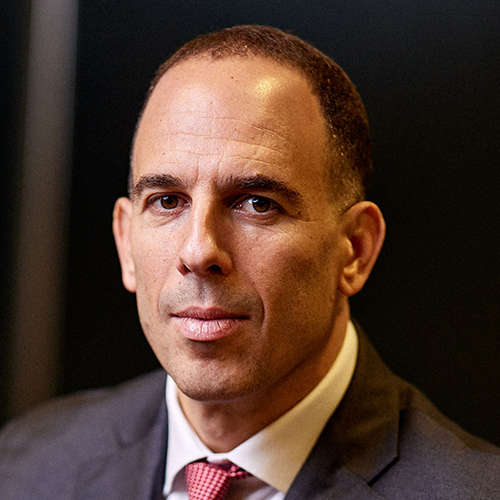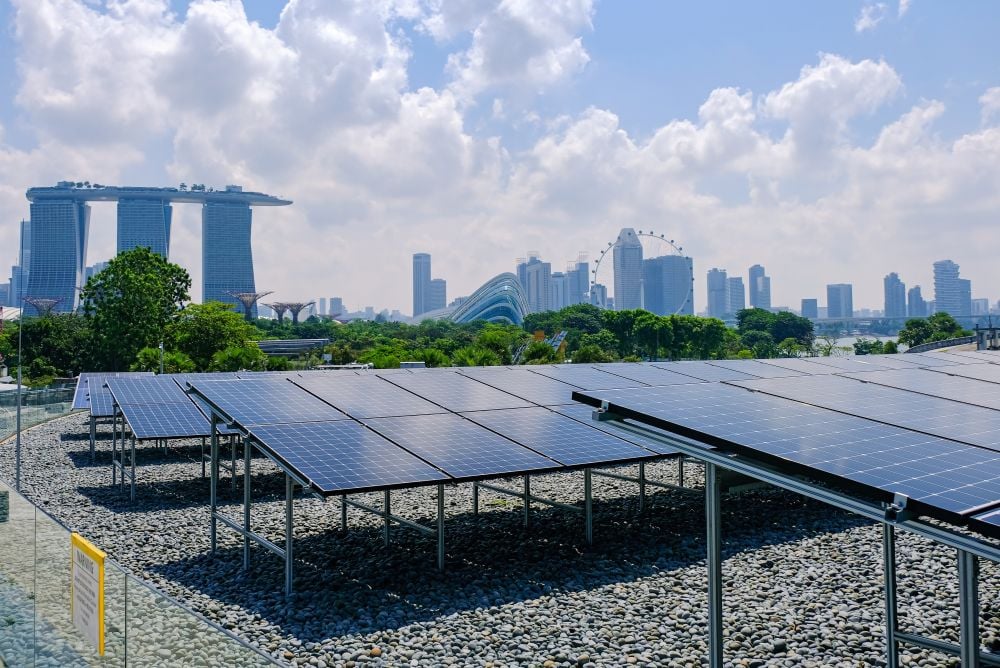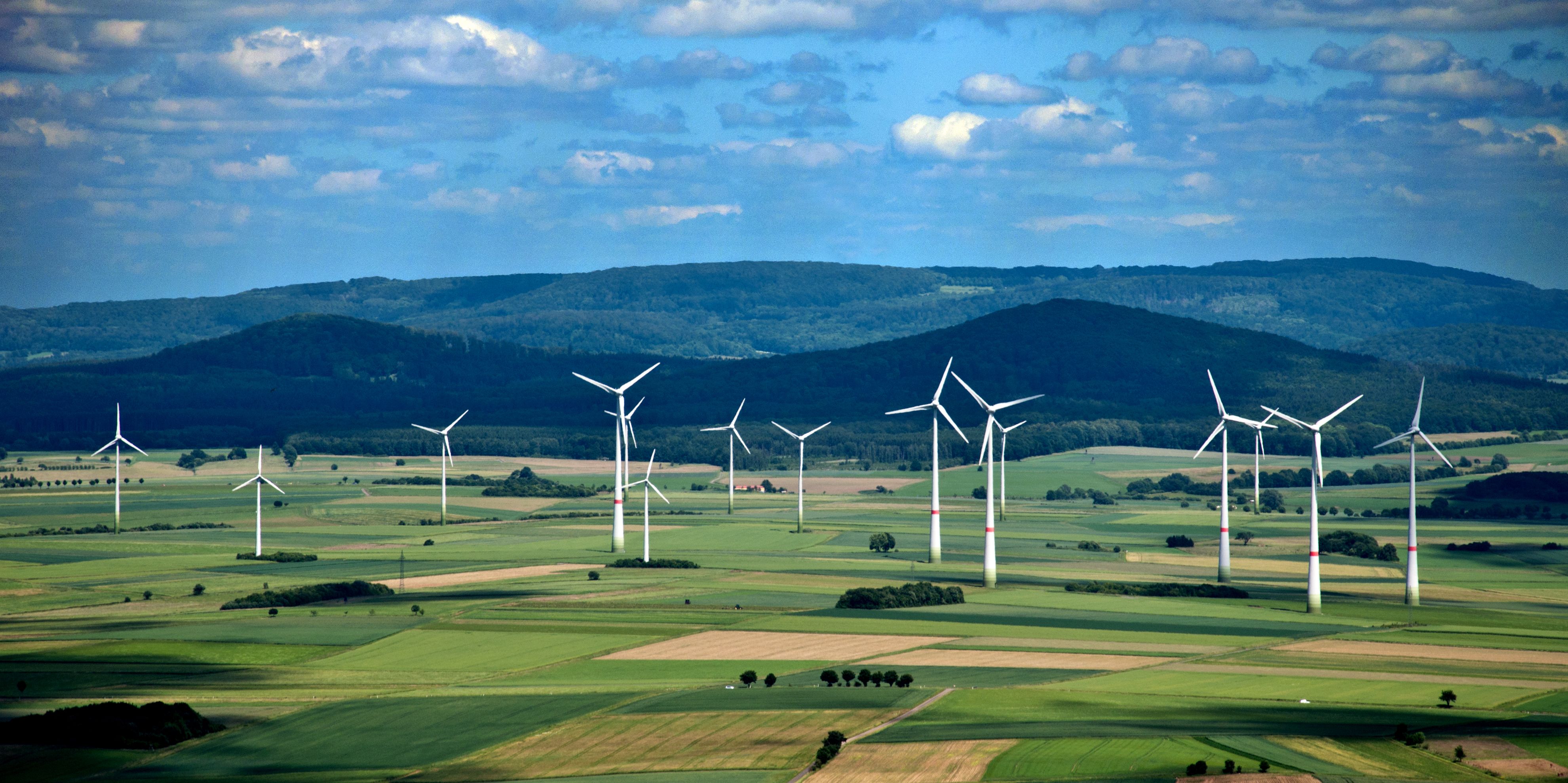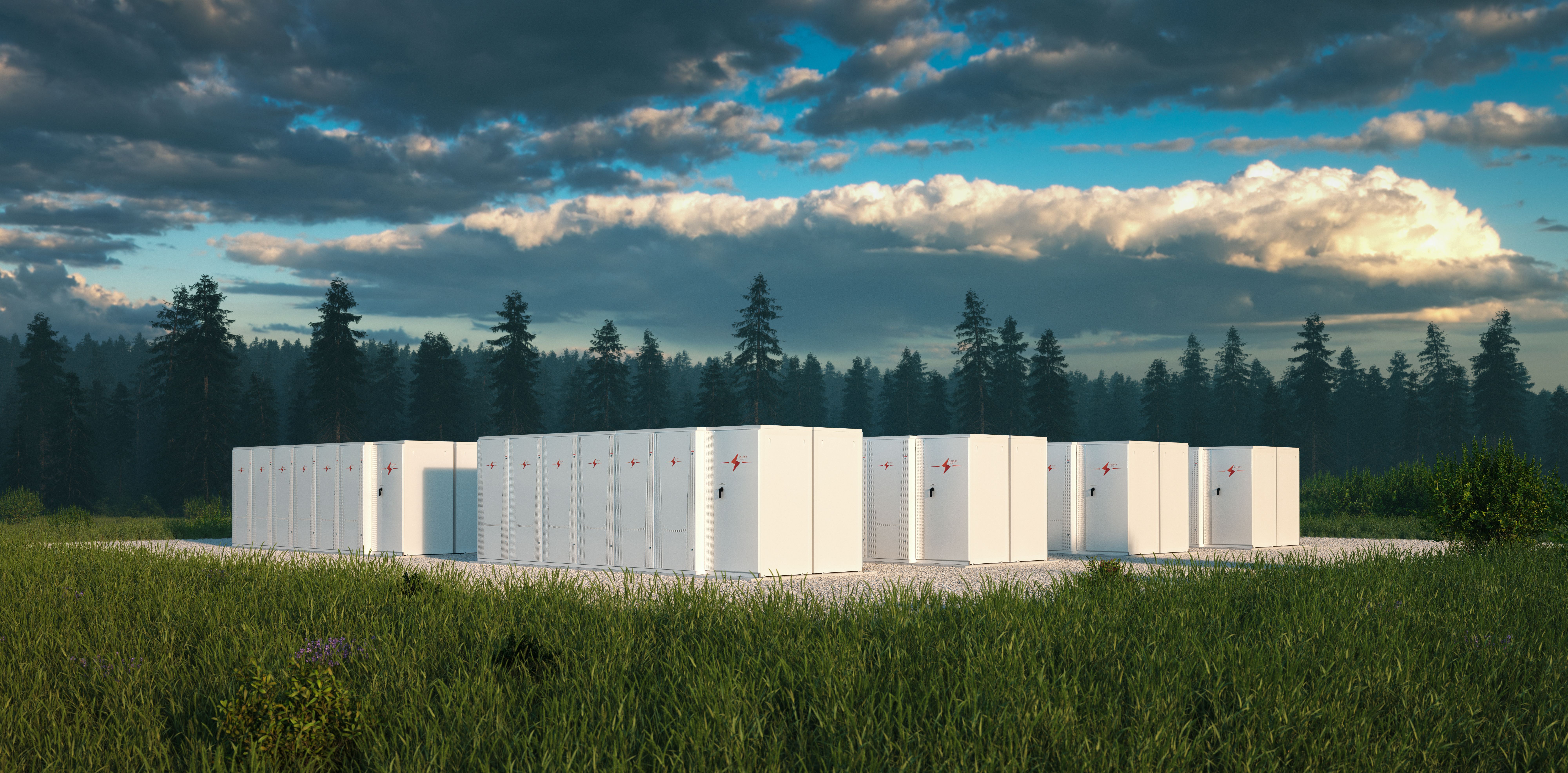IN spite of the slump in oil and gas prices, and concerns about the strength of any economic recovery, bank lenders, along with export credit agency (ECA) facilities, are continuing to support prominent liquified natural gas (LNG) projects with commercial debt tranches.
This month, the Ichthys LNG project in Australia refinanced debt originally put in place in 2012, while Mozambique LNG has recently lined up bank debt. As well, Nigeria LNG and Russia's Arctic LNG 2 are working on debt financings.
On 16 June, Tokyo based-Inpex, Japan's largest exploration and production company, announced that its Ichthys LNG project has concluded a loan refinancing agreement for a portion of the project’s finance loans arranged in 2012 with ECAs and commercial banks.
The agreement includes loan conversions and improved borrowing conditions for the project, which began production in July 2018.
The project finance loans amount to approximately US$15.6 billion, US$8.3 billion of that was covered in the refinancing agreement involving seven ECAs and 28 commercial banks.
Ichthys LNG is 66% owned by Inpex. Its main partner is French oil and gas company Total (26%), while there are a number of small stakes held by other companies, including the Australian subsidiaries of CPC Corporation Taiwan, Tokyo Gas, Osaka Gas, and Kansai Electric Power. Approximately 70% of the LNG produced is scheduled to be supplied to Japanese customers.
Japanese lenders show support
Ichthys was the first LNG project to be led by a Japanese operator and, as a result, received heavy support from Japanese ECAs and government-linked institutions.
At the December 2012 debt financing date, the Japan Bank for International Co-operation (JBIC) supported the project with its largest-ever direct dollar-denominated loan to a single project, totalling US$5 billion.
The project loan was co-financed with private financial institutions and ECAs in other countries, with the overall co-financing amount reaching US$16 billion. Part of the co-financing loans provided by private financial institutions was insured or guaranteed by Nippon Export and Investment Insurance (NEXI).
Private financial institutions participating in the co-financing were 24 international and Japanese private banks, including Mizuho Corporate Bank, Bank of Tokyo Mitsubishi UFJ, Sumitomo Mitsui Banking, Sumitomo Mitsui Trust Bank, Mitsubishi UFJ Trust and Banking, Mizuho Trust and Banking, and Shinsei Bank.
Also involved in providing cover were Korea Trade Insurance Corporation (K-Sure) and the Export-Import Bank of Korea (Kexim), which supported Korean contractors. Kexim also provided direct loans. Various ECAs from around the world also gave cover to support their contractors.
Japanese banks, including Mizuho and MUFJ Bank, a subsidiary of Mitsubishi UFJ Financial Group, were prominent in the recent refinancing. Inpex said that it had received commitments from financial institutions exceeding the amount asked for in its refinancing request to banks.
Long-term take or pay contracts from creditworthy off-takers are a key factor in making LNG projects bankable, so the Japanese power suppliers that have small equity stakes are an advantage for Ichthys.
Gas and condensate from the Ichthys field, situated off the northern coast of Australia, is transferred to onshore facilities for processing near Darwin via an 890-kilometre pipeline. Most condensate is directly shipped to global markets from a floating production, storage and offloading facility permanently moored near the Ichthys Field.
Mozambique venture attracts international investors
Elsewhere in the world, in late May, Mozambique LNG – the nation’s first onshore export project – received indications from banks willing to participate in a US$15 billion financing. They included Standard Bank and Rand Merchant Bank (RMB) of South Africa, and France’s Societe Generale as financial advisor.
France’s Total operates Mozambique LNG with a 26.5% participating interest, alongside Japanese trading house Mitsui & Co (20%), and Mozambique state-owned energy company ENH (15%).
Other partners are India's ONGC Videsh (10%), a wholly owned subsidiary of National Oil Company of India; PTTEP (8.5%), Thailand's national petroleum exploration and production company; India's Bharat Petroleum Resources (10%); and Oil India, the second-largest national oil and gas company in India.
JBIC will provide US$3 billion to the financing package, the Mozambiquan newspaper Jornal Noticias reported.
The original main project sponsor was Anadarko Petroleum. It was subsequently acquired by Occidental Petroleum, which decided to sell its African assets. Total paid US$3.9 billion for the 26.5% stake in Mozambique LNG.
US ExIm Bank steps up
One notable element of the financing package is the involvement of the Export-Import Bank of the United States (US ExIm Bank), whose participation comes at a time when the Trump administration is trying to increase US influence in Africa. In spite of the sale by Occidental to Total, US ExIm Bank ruled that its US content requirements for the contracts supported by the bank will continue to apply since equipment and services to the project will be provided by the United States.
US ExIm Bank officials said that if they did not step up with support, then other countries would, and that Mozambique LNG had the potential to become a debt trap, a clear reference to US accusations regarding China's lending practices used in financing Belt & Road Initiative-related projects.
On 18 May, the bank amended the scope of its financing for the Mozambique LNG project on the Afungi Peninsula to include support for the project’s offshore production. It has authorized a US$4.7 billion loan, to be used for both the onshore and offshore project elements. The number of US suppliers has also increased from 37 to 68.
“Exim’s financing for the Mozambique LNG project continues to strongly support President Trump’s Prosper Africa Initiative to unlock opportunities for US businesses in Africa," says Kimberly Reed, US ExIm Bank’s president and chairman.
Mozambique LNG is the country’s first onshore LNG development. It includes the development of the Golfinho and Atum fields located within Offshore Area 1 and the construction of a two-train liquefaction plant with a capacity of 12.9 million tonnes per year. The project is expected to come into production by 2024.
Around 90% of the production is already sold through long-term contracts with major LNG buyers in Asia and Europe.
Russian Artic project set to go to market
Meanwhile, Russian project Arctic LNG 2 will also soon be in the market for bank debt. Russian oil company Novatek’s share in the project is 60%. Other partners include Total, China National Petroleum Corporation (CNPC) and China National Offshore Oil Corporation (CNOOC) with 10% each.
A Japanese partner also owns a 10% stake. Last September, Mitsui & Co and Japan Oil, Gas and Metals National Corporation (JOGMEC) made a final investment decision to acquire a stake via jointly owned Dutch company Japan Arctic LNG.
JOGMEC was established in 2004 with the primary mission of securing stable supplies of oil, gas and metals for Japan by supporting exploration and production, stockpiling and other initiatives. One way in which JOGMEC supports such activities is to provide guarantees for Japanese corporate borrowings related to oil and natural gas exploration and production projects. In Australia, JOGMEC has provided significant support to Inpex’s Ichthys LNG project.
Arctic LNG is an integrated upstream and midstream project, with plans to develop a conventional onshore gas field located on the Gydan Peninsula within the Arctic Circle and to construct natural gas and liquefaction facilities with a production capacity of 19.8 million tons per year. The project is scheduled to commence production of LNG from around 2023, and it plans to deliver the LNG mainly to Asia and Europe via the Northern Sea Route.
On 12 June, Novatek held a videoconference working meeting with the respective CEOs of the partner companies, attended by Leonid Mikhelson (Novatek), Patrick Pouyanné (Total), Dai Houliang (CNPC), Wang Dongjin (CNOOC), Tatsuo Yasunaga (Mitsui) and Tetsuhiro Hosono (JOGMEC).
Currently, the overall progress for the project is estimated at 19%. Contractors for engineering, procurement and construction are fully mobilized, and supply contracts have been signed and are being fulfilled. Nine production wells have already been drilled at the Utrenneye field, with three drilling rigs in operation. The partners expressed confidence that the project, based on its current progress, would commence on time.
In addition, significant progress has been made in contracting LNG volumes from the project. The partners also discussed the current status of the project’s external financing and confirmed their focus on ensuring its completion on schedule.









